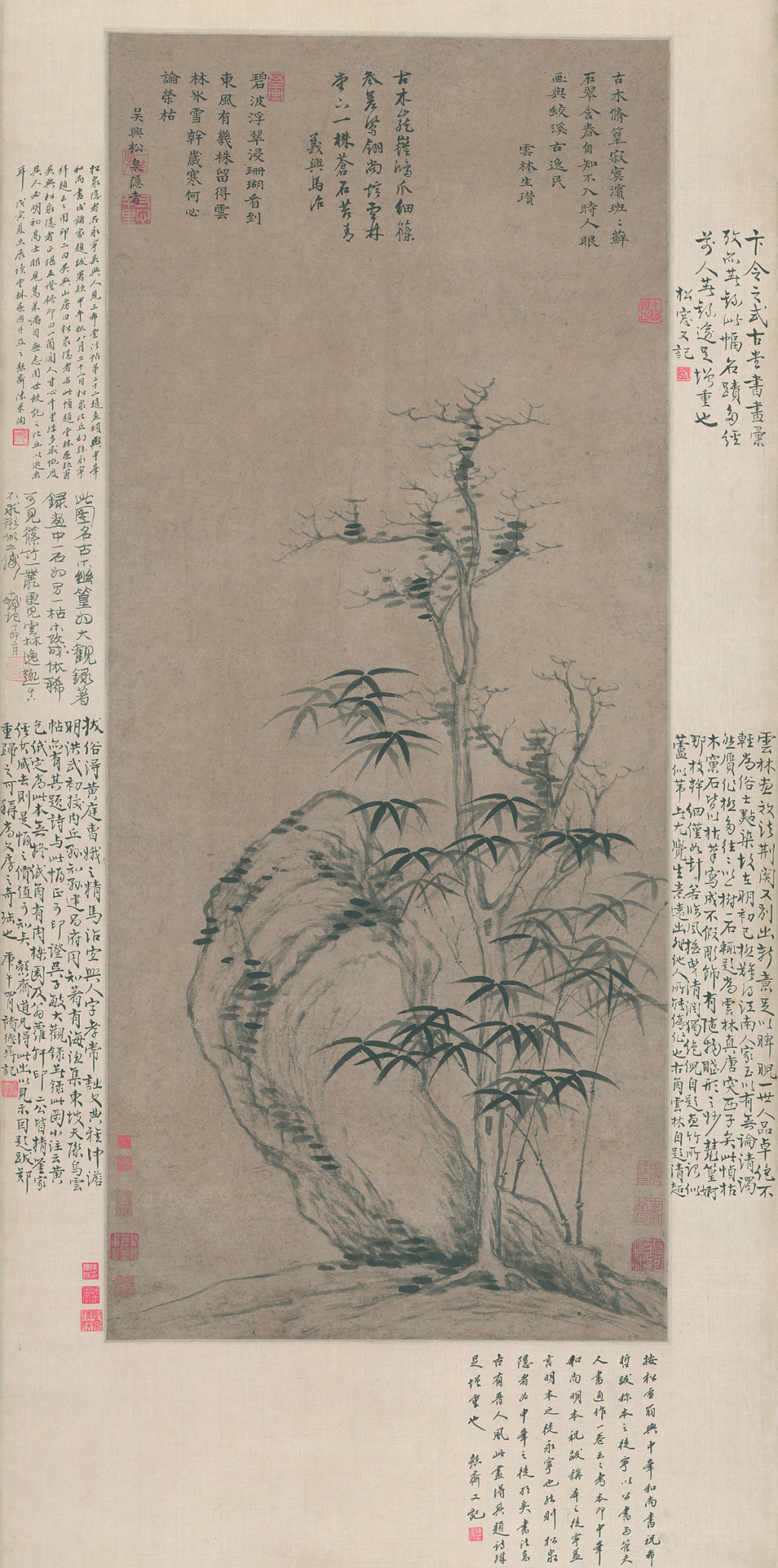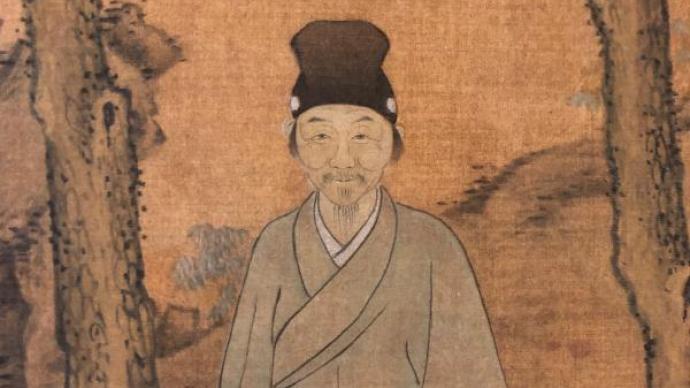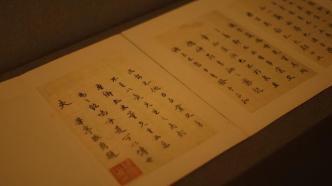
Shanghai Songjiang has a unique position in the history of Chinese calligraphy. From Lu Ji's "Pingfu Tie" to Dong Qichang and Chen Jiru in the Ming Dynasty, Yufeng has been influenced by famous calligraphers until modern times.
The Paper has learned that "Cultural Context for Thousand Years - Special Exhibition of Yunjian Calligraphy School" will be on display at the Shanghai Dong Qichang Painting and Calligraphy Art Museum in Zuibaichi, Songjiang on September 19. The exhibition focuses on the growth of Yunjian Calligraphy School with "cultural context" The hidden lines were used as clues to select 15 groups with a total of 37 authentic works by famous Yunjian calligraphers, including 32 authentic works collected by the Shanghai Museum, 3 authentic works collected by the Cheng Shifa Art Museum, and 2 authentic works collected by the Songjiang Museum. From Mo Ruzhong and Mo Shilong's father and son in the Ming Dynasty, Visiting the authentic calligraphy works of Dong Qichang, the great master of the generation, Chen Jiru, the "Prime Minister of the Mountains", and Cheng Shifa in modern times, it shows the genealogy of the representative calligraphers of Yunjian Calligraphy School, and presents a Yunjian Calligraphy School lineage composed of literati calligraphers.
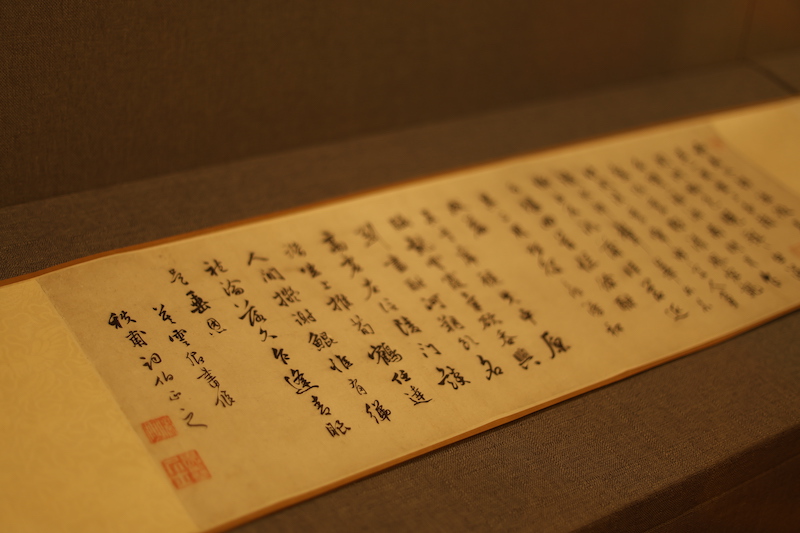
"Thousand Years of Culture - Special Exhibition of Yunjian Calligraphy School"
This exhibition reconstructs the "Yunjian Calligraphy School" and is the first special exhibition with the theme of "Yunjian Calligraphy School" held in Songjiang. For the first time, from the perspective of Songjiang cultural ontology and combined with the needs of contemporary Songjiang art development, the history of calligraphy in the Songjiang area is reorganized, showing the essence and ins and outs of Songjiang calligraphy, which will provide profound nourishment for the development of contemporary Songjiang calligraphy.

"Thousand Years of Culture - Special Exhibition of Yunjian Calligraphy School"
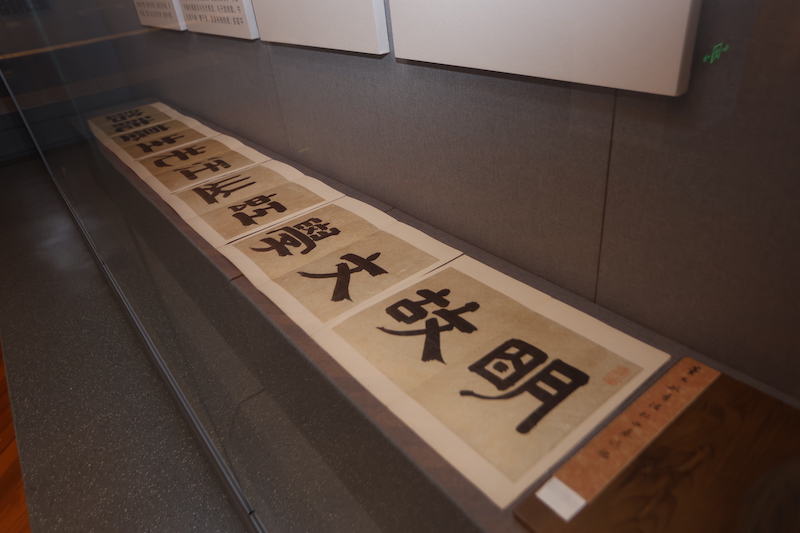
"Thousand Years of Culture - Special Exhibition of Yunjian Calligraphy School"
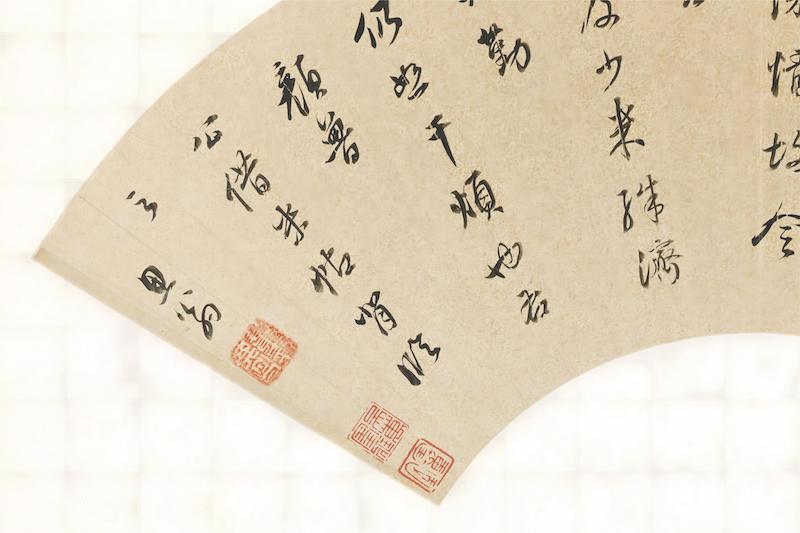
Fan pages of Dong Qichang's running script (detail)
Most of the exhibits are on public display for the first time. The 37 works showcase a total of 12 representative calligraphers of the Yunjian School of Calligraphy. Among them are the pioneers of the Yunjian School of Calligraphy: Lu Shen, who aspired to transcendence and found a new path in the mid-Ming Dynasty, was praised by Dong Qichang. Father and son Mo Ruzhong and Mo Shilong of "Xixian"; the climax of Yunjian Calligraphy School: Dong Qichang, the great master of the generation, Chen Jiru, the literary giant "Prime Minister of the Mountains", Li Daiwen, the famous Yunjian Calligraphy School in the late Ming Dynasty; the lineage of Yunjian Calligraphy School: the early Qing Dynasty Famous calligraphers Shen Quan and Shen Zongjing, Wang Hongxu, editor-in-chief of "History of the Ming Dynasty" and a native of Hengyunshan, one of the "Songjiang Three Wenmin", Zhang Xianghe, a representative calligrapher for the fusion of inscriptions and inscriptions; the Yunjian calligraphy school continues to be popular, and Cheng Shifa, a master of calligraphy and painting of the Shanghai School. They are also famous masters in the history of Shanghai and even Chinese calligraphy.

Zhang Xianghe's running script couplets
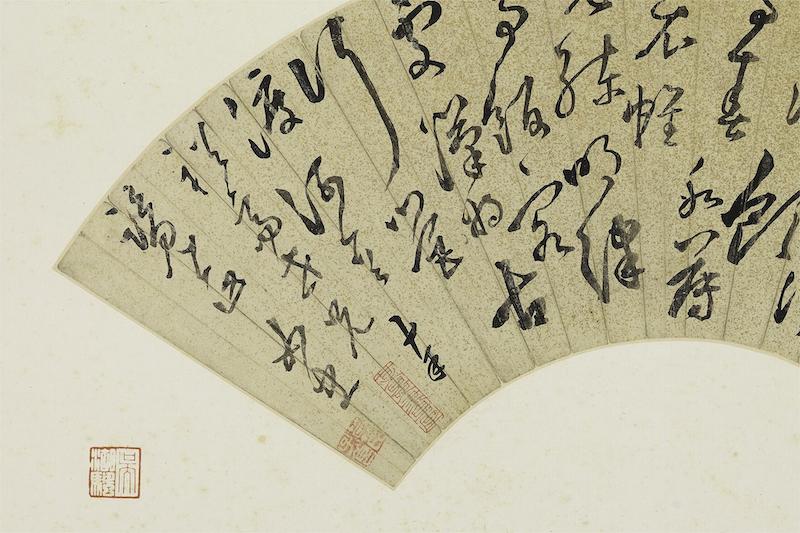
Fan page of Mo Ruzhong's cursive script (detail)
The exhibition includes "Yunjian Calligraphy School: Reconstruction and Rebirth", "Origin of Calligraphy School", "Initial History of Calligraphy", "Domestic Famous", "Foundation of School", "Continuation of the Fire", "Yunjian Calligraphy School" The nine sections "Jian Jixiang", "Songjiang Calligraphers Group" and "Calligraphy Zhenyan" lay out the history of Yunjian Calligraphy School from the Western Jin Dynasty to the present day, and summarize the consistent characteristics of Yunjian Calligraphy School. Taking the essence of the calligraphers of the Yunjian School of Calligraphy in the past dynasties, inheriting the enterprising spirit of the Yunjian School of Calligraphy, and unifying the past and present into one process.

Chen Jiru's running script poems (partial part)

Lu Shen's cursive calligraphy pages (partial)
Songjiang is the root of Shanghai, where the long and profound cultural heritage of the Shanghai region begins. 4,000 years ago, our ancestors were born in a swamp in Guangfulin. The land has gone through great changes, and the cultural context of this land has evolved from scratch. It is tolerant and new, and has given birth to an endless line of books. Starting from Lu Ji in the Western Jin Dynasty, Songjiang was named "Yunjian" and gave birth to its own tributary of calligraphy art. The calligraphy in the Songjiang area experienced precipitation and growth in the Tang, Song, and Yuan Dynasties. In the Ming Dynasty, under the leadership of Dong Qichang, the "Yunjian Calligraphy School" was formed, which became one of the peaks of Chinese calligraphy at that time, and its influence radiated throughout the past and present at home and abroad. Since the Qing Dynasty, Yunjian calligraphers have followed the innovation wave of the times and developed Shanghai-style calligraphy, forming the current Songjiang calligraphy phenomenon.
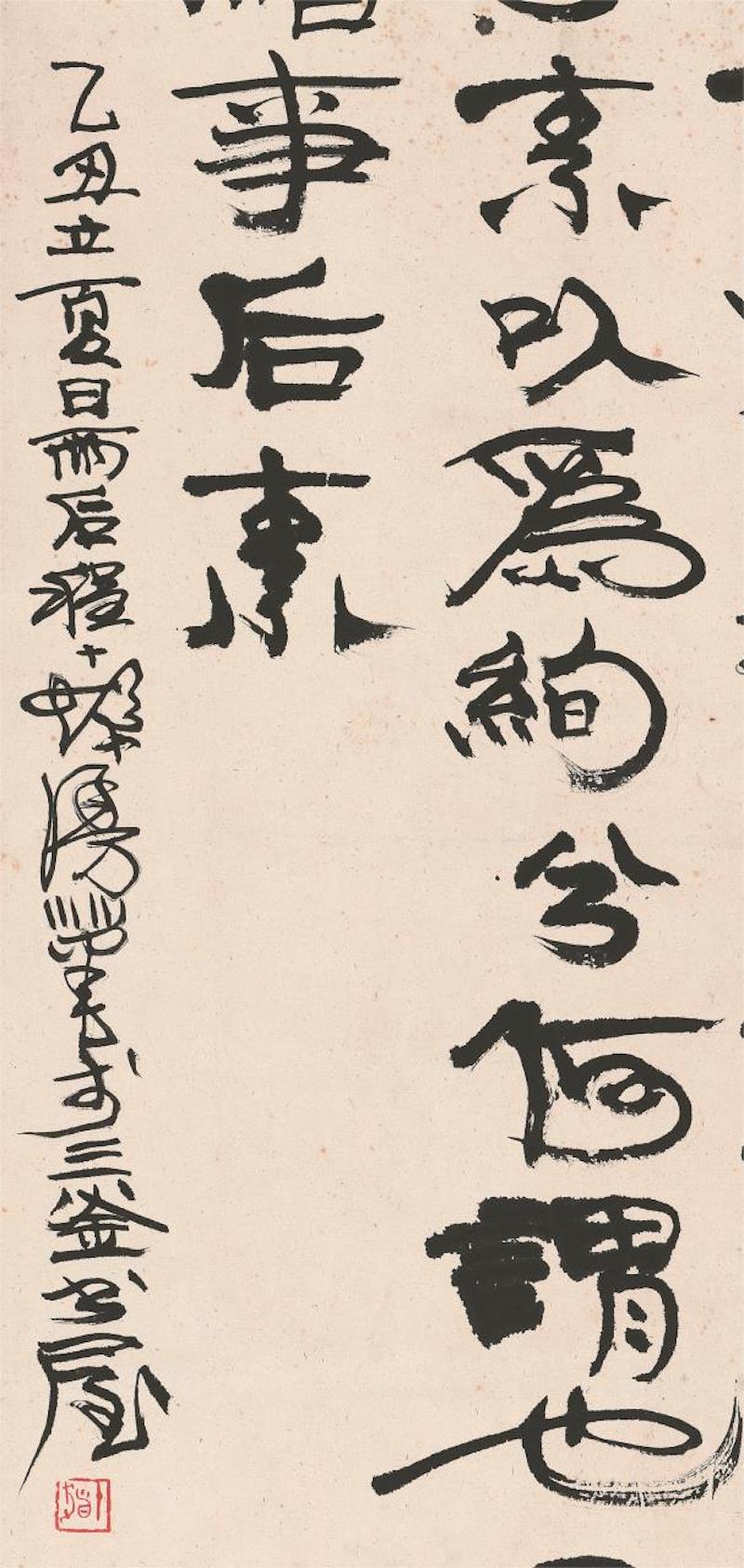
Excerpts from The Analects of Cheng Shifa (Part)
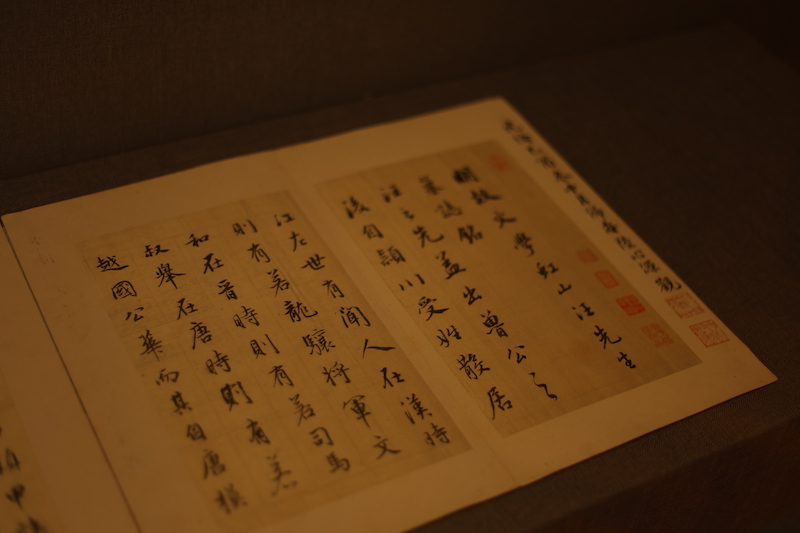
"Thousand Years of Culture - Special Exhibition of Yunjian Calligraphy School"

"Thousand Years of Culture - Special Exhibition of Yunjian Calligraphy School"
From the Western Jin Dynasty to the present day, an overview of the thousand-year history of calligraphy in Songjiang will reveal that the "Yunjian Calligraphy School" shows characteristics that are different from other general schools. That is, it takes "cultural context" as the basis for the growth of the calligraphy school and has never been limited to a certain era or certain period. A calligrapher. Even in Dong Qichang's time, the faces of Songjiang calligraphers were diverse.
According to relevant documents, Dong Qichang, a master of calligraphy and painting in the Ming Dynasty, studied under Mo Ruzhong, a fellow villager, in his early years. He studied in Mo Ruzhong's private school and got to know his son Mo Shilong. They talked about calligraphy and painting with him, which laid the theoretical foundation for future calligraphy and painting. When Dong Qichang was 25 years old, he watched Mo Shilong's paintings and "praised them aggressively" (the second volume of "Essays on Painting the Zen Room" titled Mo Qiushui's paintings). He admired both Mo's father and son quite a lot: "I only knew that the public (that is, Mo Ruzhong) was deeply Yu Erwang, his son Yunqing also wrote Gongshu." ("Book of Commentary") He once commented on Mo Shilong, "It has ups and downs, handsome and colorful, brewing various families, and has unique ingenuity", "like Wuling" A heroic hero possesses a sword and a golden pill, and he is happy with his spirit." "The travels are so wide that all connoisseurs have visited them." Although Mo Shilong's talents and skills were equally high, due to his failure to enter the official career, his political status was naturally different from that of Dong Qichang, and it seems that he did not receive due attention in the history of calligraphy and painting. He was the first generation painter of the Songjiang School of Painting and made great contributions to the formation and development of the Songjiang School of Painting. Dong Qichang's influential "Northern and Southern Sect Theory" was proposed by Mo Shilong in the early years. Later, Dong Qichang inherited Mo Shilong's ideas, and according to the development context of the Southern Sect, he collected the authentic works of the four Qi and Yuan families, Dong Yuan, and Wang Wei, and used His own attainments and influence in calligraphy and painting promoted the "Northern and Southern Sects" to be authentic in the painting world.

"Thousand Years of Culture - Special Exhibition of Yunjian Calligraphy School"
The gene of Yunjian Shu School is to embrace all rivers and reform itself. Countless literati and poets gathered in this precious land, and Songjiang's literary heritage was enriched by them, and its legacy spread to future generations. From ancient times to the present, what has changed is the calligraphy style of the "Yunjian Calligraphy School" that keeps pace with the times. What remains unchanged is the eternal yearning and persistence of the calligraphers of the "Yunjian Calligraphy School" for the art of calligraphy. This is why the "Yunjian Calligraphy School" has always followed the development of Chinese calligraphy, witnessed the turning point in the history of calligraphy, and participated in the construction of the history of calligraphy.

"Thousand Years of Culture - Special Exhibition of Yunjian Calligraphy School"

"Thousand Years of Culture - Special Exhibition of Yunjian Calligraphy School"
This exhibition is unique and has unique exhibition content. Around the work, display boards with pictures and text are set up to enlarge parts of the work and provide concise appreciation text to eliminate viewing barriers as much as possible and draw the audience into the world of calligraphy art. The audience can not only understand the author's life, artistic style, writing techniques, similarities and differences between works, and innovative methods and expenditures, but also learn about the historical position of each calligrapher in the Yunjian School of Calligraphy, thereby easily establishing a three-dimensional understanding of the Yunjian School of Calligraphy. Cognition.
In addition, the exhibition also specially built a brief history of Chinese calligraphy popular science wall, showing the development process and characteristics of Chinese calligraphy, placing the Yunjian Calligraphy School in the history of Chinese calligraphy. The audience can understand how calligraphy has developed step by step until now, and what role the Yunjian Calligraphy School has played in this process. It is reported that this exhibition is guided by the Propaganda Department of the Songjiang District Committee of the Communist Party of China and the Songjiang District Culture and Tourism Bureau. It is co-organized by the Shanghai Museum and Dong Qichang Calligraphy and Painting Art Museum. The exhibition will last until December 19.
